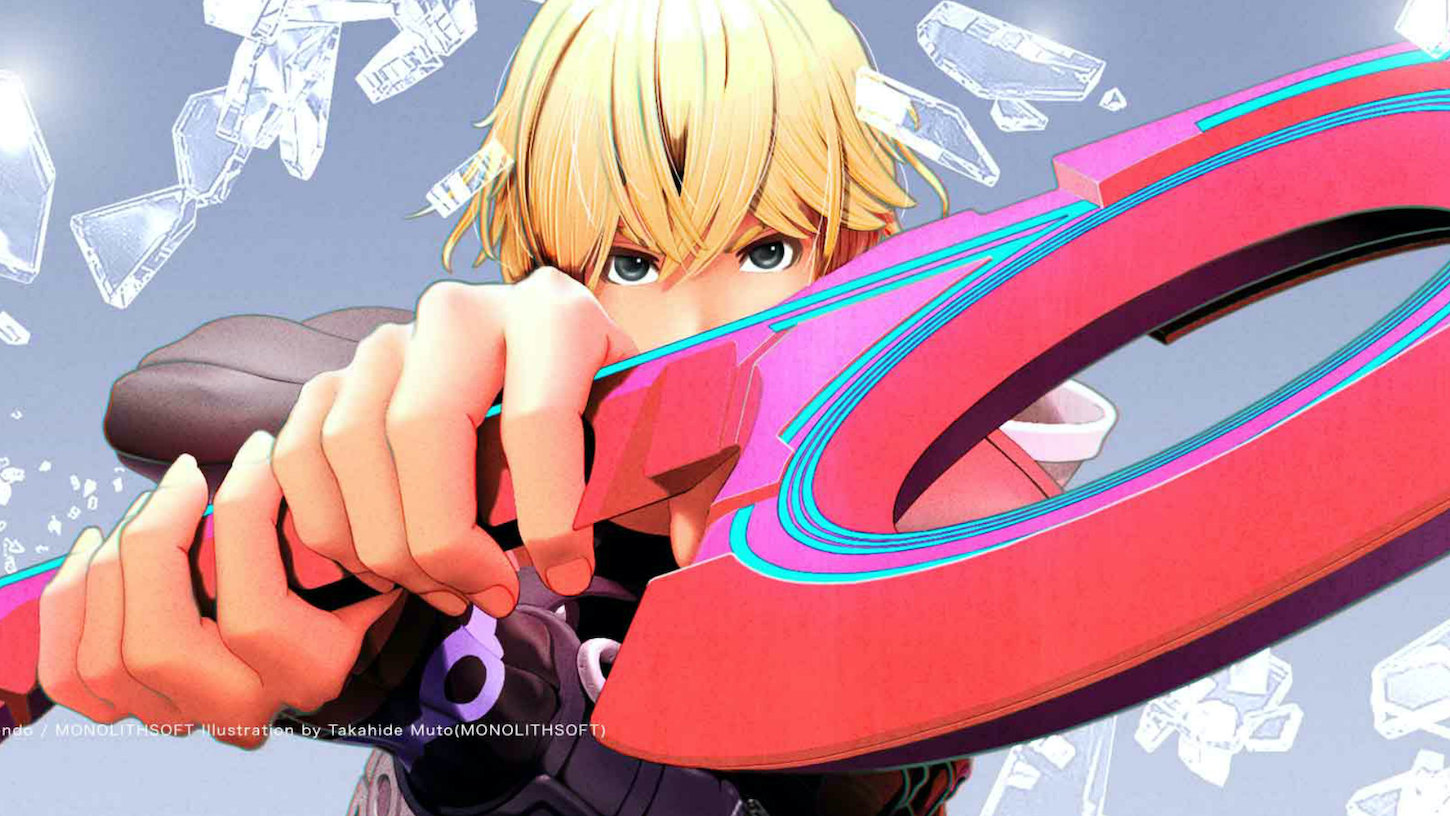
Xenoblade Chronicles: Definitive Edition Review
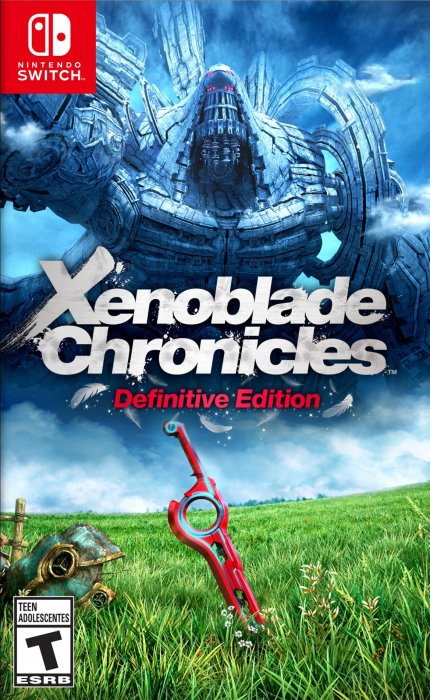
Pros
- Compelling storyline.
- Stunning soundtrack.
- Updated graphics bring the characters and environment to life.
Cons
- Side quests feel a little monotonous and repetitive.
- The cutscenes can be too long.
- The Affinity system is a bit stifling at times.
In 2010, Monolith Soft released the first installation of the Xenoblade Chronicles series; a game which would become a genre-defining RPG. This game set the standard for what players expected from JRPGs and Western RPGs alike. It offers a weird and wonderful storyline that excites and grips players. To add to the bizarreness of the game, the world is set on two giant Titans who are in an eternal war with each other. This leads to gorgeous and expansive environments that vary from one extreme to the other.
Fast forward to May 2020, and Monolith have remade the game for the Nintendo Switch. As well as the warmly welcomed update to the graphics, you can expect remasters of the already breathtaking original soundtrack, as well as some new playable content. Definitive Edition’s Future Connected offers a new storyline, new characters and a stunning new playable area that adds to the already gargantuan game that is Xenoblade Chronicles.
The Definitive Edition brings the game’s stunning world to life with updated graphics. The graphics hold up well both docked and in handheld mode, and they are on a par with other made-for-Switch games. The characters and the User Interface have both had a sorely needed update. The character faces are now clear and crisp in comparison to the 2010 version’s muddy polygons. The UI’s modernized appearance is certainly a more appealing sight and a stark contrast to the original game’s interface. It feels as though Xenoblade’s magnificence can finally be appreciated on a port that does it justice. On top of the updated graphics and UI, the Definitive Edition has made a few quality-of-life changes. They are basic things that are found in most newer RPGs, like quest markers and auto-generated paths to waypoints. But these small changes help make Xenoblade that much more appealing. It also goes a long way to help modernize the game so that it keeps up with the other RPGs on the market.
The original game’s soundtrack was already breathtaking and something to be admired. The Definitive Edition has seen a rerecording of the soundtracks; they now offer even more grandeur, that continue to add to the stunning atmosphere of the game. Very few soundtracks will be as memorable as Xenoblade Chronicles’ music.
The storyline is certainly a compelling aspect of the game. It is dramatic and extravagant and keeps the player gripped with its constant twists and turns. The Homs, who reside on the Bionis, are at war with the Mechon (who are the appropriately named residents of the Mechonis). Shulk, the main character, is the Homs’ only hope as he learns he can wield the legendary Monado. From the very beginning, the story is engaging, and throughout, we see Shulk and his friends driven by revenge and hope for peace. It is evident that a lot of time and attention was put into the storyline. As you near the end of the story, at times it can feel a little too drawn out. By the end, the cutscenes are very long, sometimes you even forget you’re playing a game and not watching a movie. There are many points in the storyline that feel like they could be the final climax, but each time, the plot gets more outlandish and bizarre. It isn’t necessarily a criticism of the game and the main story quest, but it feels like there’s a lot of unnecessary padding near the end just to keep the game going.
The storyline is centered on Shulk’s need for revenge against the Mechon.
It feels as though Xenoblade’s magnificence can finally be appreciated on a port that does it justice.
As well as the incredibly lengthy storyline, there is also an abundance of side quests across every region. Other than one side quest that does span the entirety of the game, the side quests are simplistic and resemble MMORPG-type quests. They ask that you to run errands and slay monsters and honestly, at times, they can feel a little repetitive and uncreative. The benefit is that they encourage the player to explore the vast regions by searching for collectables, materials, and monsters to slay, but a little more variety in the quests would have been welcomed, especially since there are hundreds of side quests in the game. The weird and ridiculous Unique Monster names do help to keep the quests interesting. I mean, who doesn’t want to fight an enemy called Flabbergasted Jerome?
The Immovable Gonzalez is one of many weirdly named Unique Monsters in the game.
The world setting is one of most defining features of Xenoblade Chronicles. It has everything you could ever want in a world setting, from the snowy peaks of Valak Mountain to the vibrant ether fogs of Satorl Marsh. It feels like there is a real focus on bringing every possible biome or environment type to the game. The update in graphics for the Definitive Edition also helps to do the gorgeous and varying landscapes justice. The cities are also all unique from one and other. Most of the side quests are obtained from the cities and towns of the game, so it is nice to see that there is variation in buildings and the aesthetic of the residents. It certainly helps to keep new areas fresh and engaging.
Each city has its own aesthetic and personality.
The update in graphics for the Definitive Edition also helps to do the gorgeous and varying landscapes justice.
Each area is huge, and whilst this can be a positive, there are some places that feel empty. At times, it feels as though the areas are big just for the sake of it, with some places just not feeling as fleshed out as others. You will find yourself doing a lot of traversing by foot around the different landscapes, as sometimes there are far too few landmarks in an area. The auto-run function is definitely useful to utilize from time to time.
The updated graphics really bring the game to life!
The combat is something that definitely takes some getting used to at first. It is closer to an MMO-style battling system than your typical hack-and-slash RPG combat. As you progress through the story, more characters will join your party, and each one will represent a stereotypical MMO class. Each character has their own unique Arts with varying cooldowns. You control one character’s Arts, and the other two in your party are controlled by AI. In between the Art attacks, your party will also deal auto-attacks against the enemy. Early in the game, you’ll have Shulk the fighter, Reyn the tank, and Sharla the healer. In the early game, this trio feels like a decent and balanced team. Reyn’s ability to focus aggro on himself, and Sharla’s (sometimes excessive) healing mean you can focus your efforts on properly learning the combat system (as Shulk) at your own pace, without being punished for any missteps during the learning process. One combat tip that you should definitely live by during your time with this game is to master the break, topple, daze.
Whilst the combat is relatively easy to pick up after you’ve grasped its relatively unique system, mastering and perfecting your party set up and character choices can be a little tricky. The Skill Links system felt unfamiliar and it was difficult to understand how best to utilize them to the party’s advantage. Whilst it is certainly advantageous to learn how to use the Skill Links properly, it was nice to see them remove it for Future Connected.
The combat system means you often cannot fight enemies that are significantly higher levelled than your team. The enemies do not scale with your team, but generally speaking, the monsters in the areas you travel to during the story quest should be around your level. The game has done well to balance enemies and you don’t really feel forced to grind for levels too often. And, due to Definitive Edition’s new Casual Mode, if you are underlevelled or you just want a relaxed ride through the game, you will be able to fight high level enemies with ease. Casual Mode offers the player the option to breeze through combat encounters if they’re more story focused and less interested in the battles. On the opposite side of the coin, you also have access to the newly added Expert Mode, which allows the player to add and take away EXP/Levels from their party members so that you never feel overlevelled for a fight. It’s a great choice for the completionists, since you’ll end up being a higher level than the area’s enemies when you complete all the side quests a region has to offer before moving on.
You can play any of the seven playable characters, as well as regularly switch out your team members to keep things fresh.
To really min-max this game, you do have to learn how to craft and utilise gems to their full potential. The gems are great for giving your characters buffs and increased strength and attack powers. However, what this means is that any equipment that doesn’t come with empty gem slots or a useful pre-equipped gem are, essentially, rendered useless. It feels like the gems are the be all and end all of a weapon or armour’s power and usefulness. You’ll find that the game has some amazing armour pieces and weapons, but they’re worthless to you unless you can use the strongest gems with them.
The Heart-to-Hearts are a nice addition to the game because they encourage players to increase affinity between the different party members by switching out the characters in your main party. It means you’ll try new playstyles that you might otherwise avoid. On the other hand, though, this might make the player feel like they are forced to use their less preferred party members just so they can unlock the cut scenes. This feeling of being forced to play characters is also heightened by the fact that increasing affinity between party members takes quite a long time, and most of the Heart-to-Hearts require the first and second highest affinity statuses.
The Heart-to-Hearts offer an additional look at the relationships between various party members. The relationships are refreshingly varied and complex, and the Heart-to-Hearts compliment the different friendships in the game. The interactions are sometimes sweet and heartfelt, and other times, they are awkward and tension filled. It makes for more realistic interactions between the different characters, and the friendships don’t feel so artificial or one-dimensional.
The English dub for the game is dramatic, but it feels appropriate to the storyline. Sometimes, the villainous cockney accents are a little cringe-worthy and excessive, but if you lean into it, they offer a reprieve from the seriousness of the cutscenes. You can’t help but laugh at an evil robot with an over-the-top accent. The game does do a good job of utilising accents to convey status, though. Melia’s snooty posh English accent is a stark contrast to Reyn’s goofy dialect. Fans of the original game will also be pleased to hear that Jenna Coleman returned to her role as Melia Antiqua in Future Connected, even though it’s been ten years since she voiced the High Entia Princess in the Wii version. Overall, the use of accents and different dialects work well to add variety and keep dialogue relatively interesting. That being said, if you hated the baby-voiced cutesy Nopons, Future Connected might get on your nerves, as there are two new Nopon main characters, as well as a whole Nopon squad that will quite literally chase you around forever. Admittedly, I never thought I would hear “coup de grâce” being shouted in a toddler voice. If you thought the excessive and constant combat dialogue was annoying in the main game, having more than one Nopon in a team fight might be quite jarring for you.
It’s not hard to see why people hail it as one of the defining games of its genre.
Although the baby-voiced Nopons might be a little annoying, Future Connected is an overall great addition to the main game. It is a sequel to the main game, though, so it would be advised that you finish that first, since it includes huge spoilers for the ending of the main story quest. The extra content was not entirely necessary to add to a remake of such a huge game, but Monolith’s addition feels like a nice gesture, especially for those who have already played the original game. Future Connected is set on an entirely new region of the Bionis, which boasts spectacular landscapes and vistas that are on a par with the original game’s setting. In fact, the Bionis’ Shoulder was cut from the original game, so it is nice to see that Monolith finally found a use for the new region.
The Bionis’ Shoulder is a gorgeous addition to the Xenoblade Chronicles world setting.
As far as the story goes, Future Connected feels like a pleasant addition to the main game. The whole game could probably be completed in 15-20 hours, so it is a decent amount of extra content. What stands out the most though is the landscape and world setting, though. The story is fairly simplistic in comparison to the original game’s spectacular plot. It is worth completing all of the side quests, though, as they throw in an extra quest at the end that feels like a great little finale to both of the games.
There are several changes in the gameplay between the main game and Future Connected. For one, they have removed certain battle features, such as Shulk’s visions and the chain attacks. They have also removed the (often overly complex) affinity system. When you have a five-star affinity with every region in the main game, your affinity chart will be a resemble a spiderwebby mess. You may have noticed that certain side quests were awkward to activate in the main game because you needed certain affinity links between NPCs. Future Connected’s removal of the affinity system means that picking up quests is a lot easier, and prerequisites aren’t as complex. On top of this, the removal of the affinity system means there is no longer the Skill Links page. The Skill Links page was not very intuitive and, at times, a bit confusing.
Due to the lack of an affinity system, the Heart-to-Hearts have also had a revamp. In Future Connected, they are called Quiet Moments, and they do not require certain affinity statuses between characters to unlock. Instead they reliant on the player’s progression through the main story. It makes for a more simplistic approach, and it also means that players aren’t missing out on valuable character and relationship developments because they aren’t using their less preferred party members.
Overall, this game was a real joy to play. It’s not hard to see why people hail it as one of the defining games of its genre. It has an incredible and exciting plot, with a world setting and dramatic cutscenes to match it. Everything about the game is enormous and complex, but it handles itself well. The characters feel thought out and well developed, and the relationships and interactions between them feeling realistic and not one-dimensional. Monolith’s wonderful decision to remake the game for the switch means players can enjoy the game with updated graphics that hold up on the hand-held screen and docked. I would highly recommend this game to anyone who enjoys RPGs or is just looking for a mammoth game to sink your teeth into; it certainly is up there as one of the greats.
An exemplary RPG!
Xenoblade Chronicles is one of the best RPGs out there, and the remake means people can enjoy the game on a console that finally does it justice.
Gameplay:
Sound:
Graphics:
Story:
Value Rating:

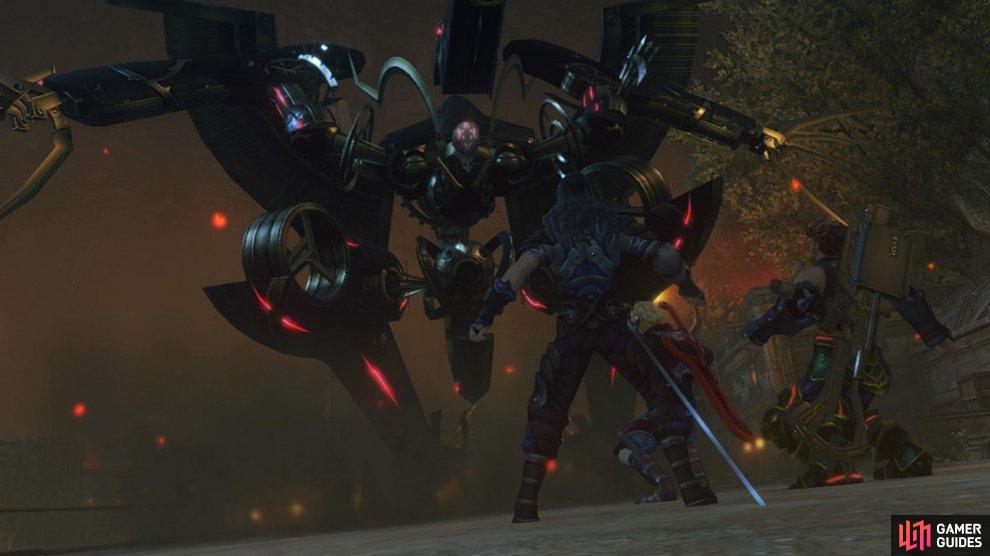

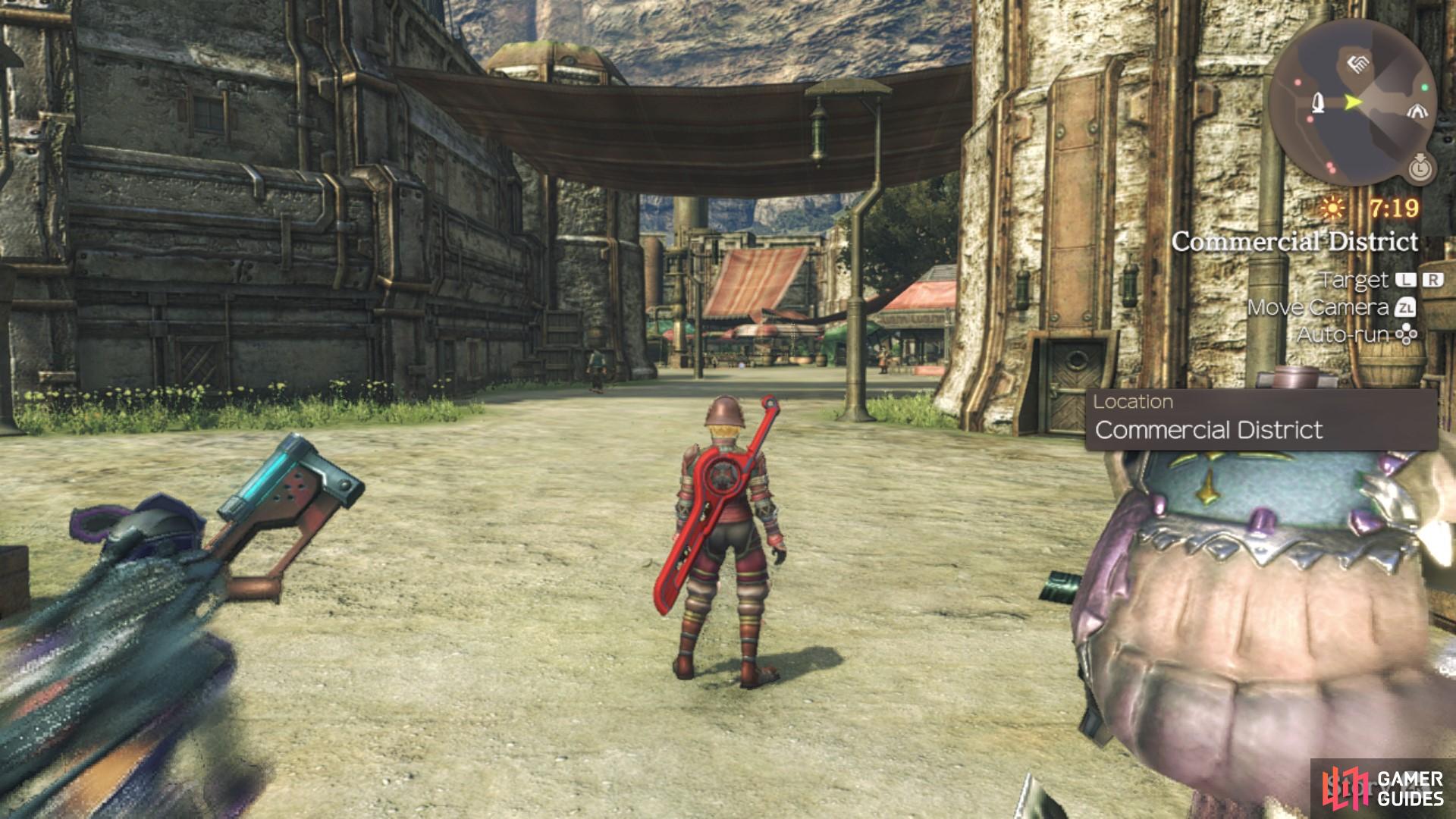

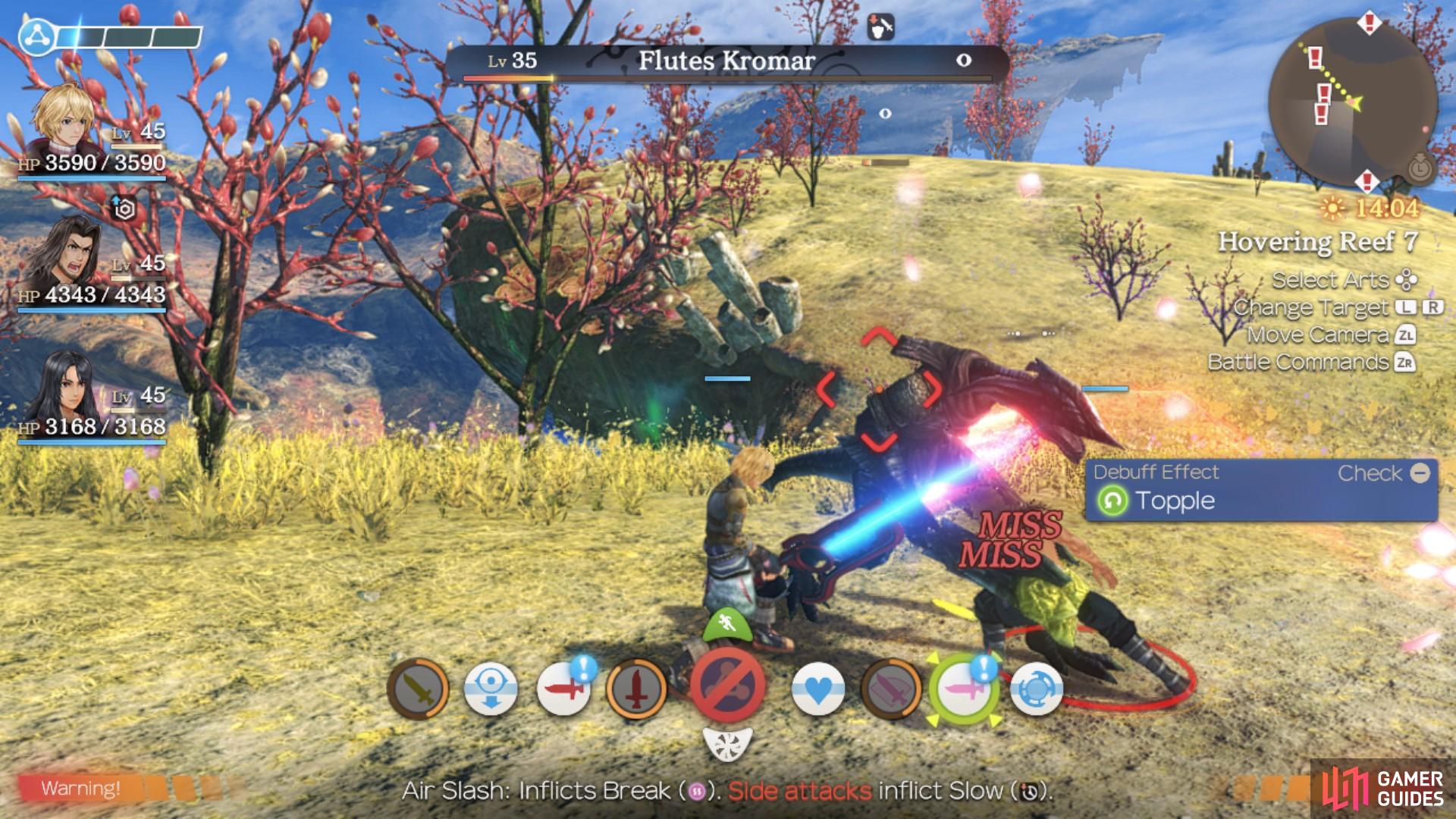
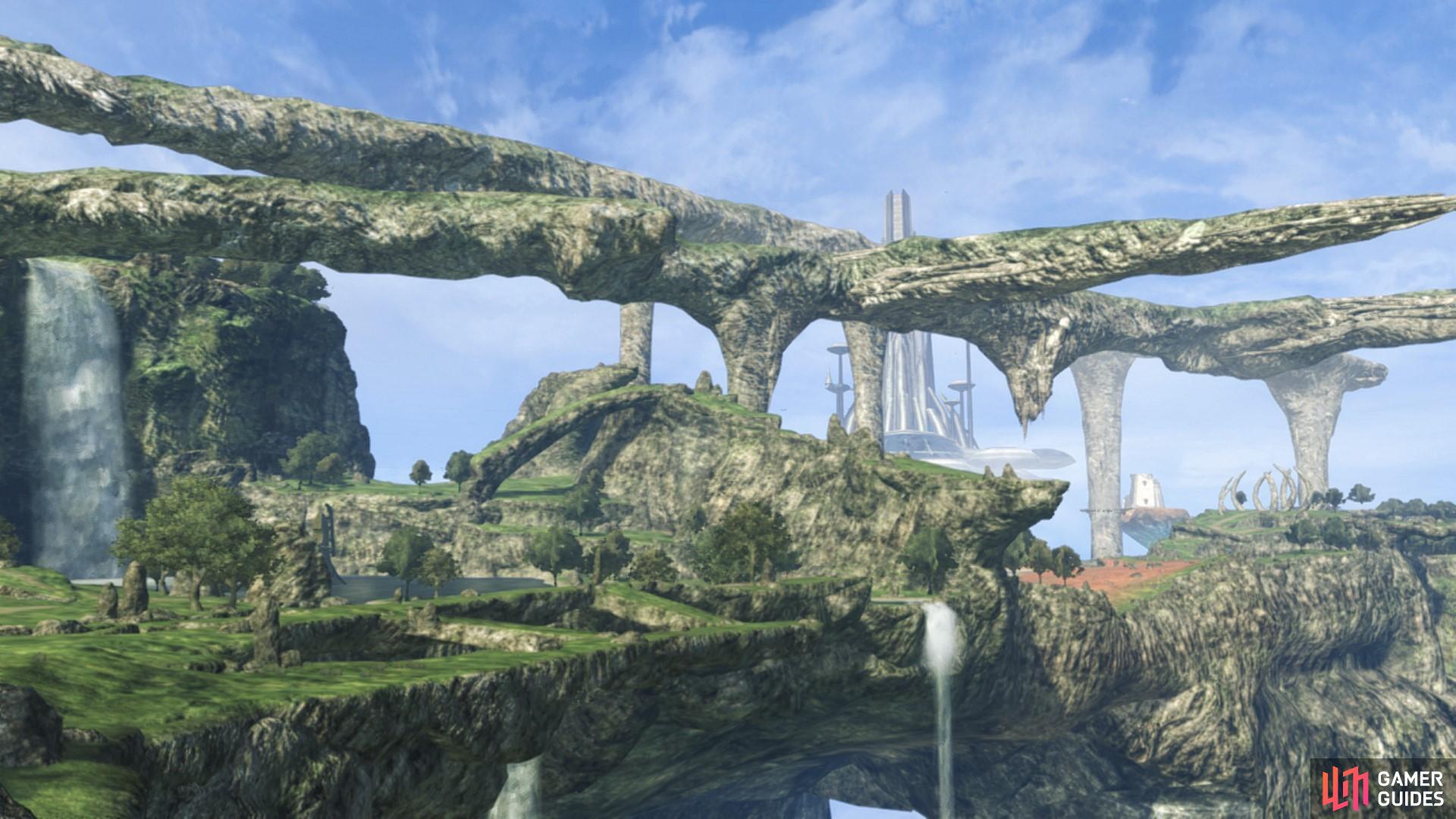
No Comments